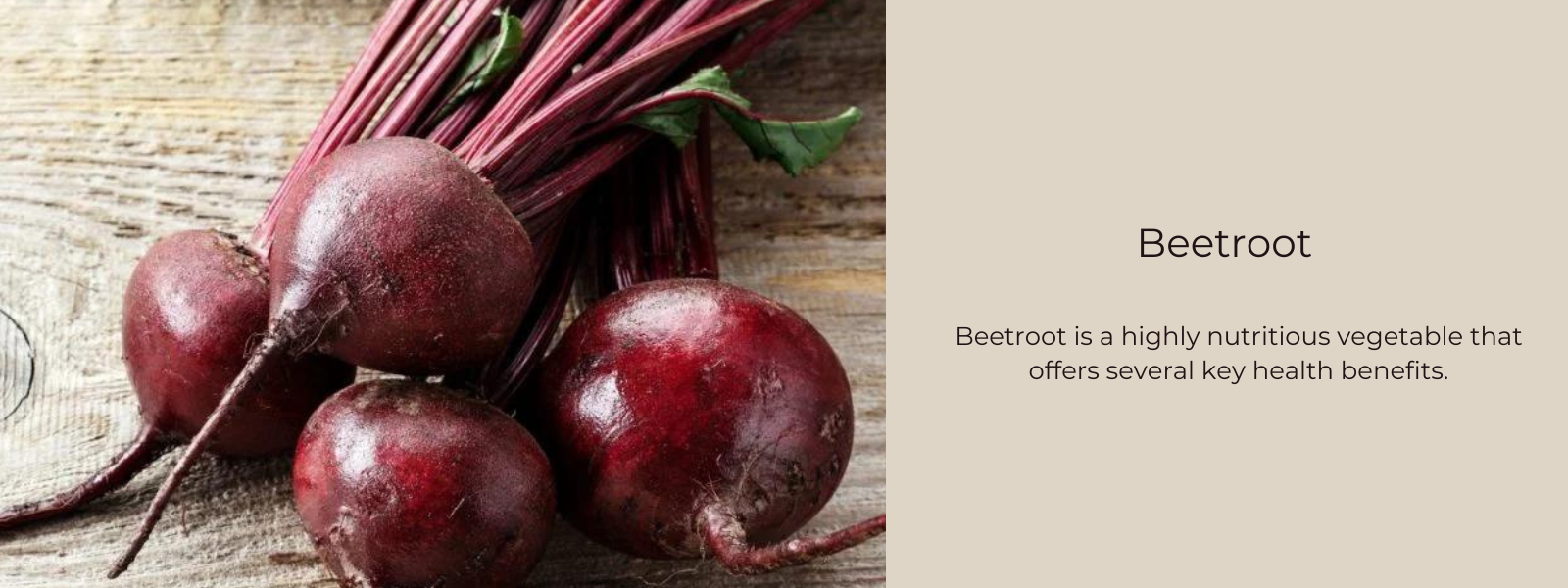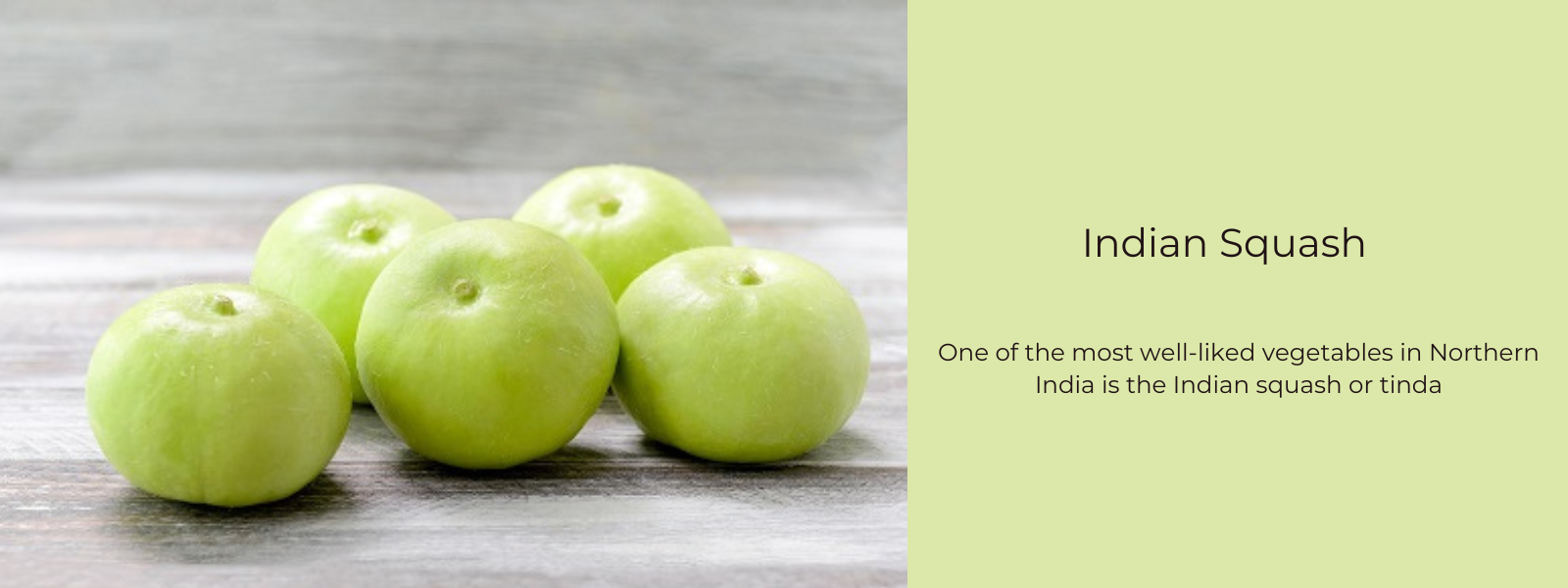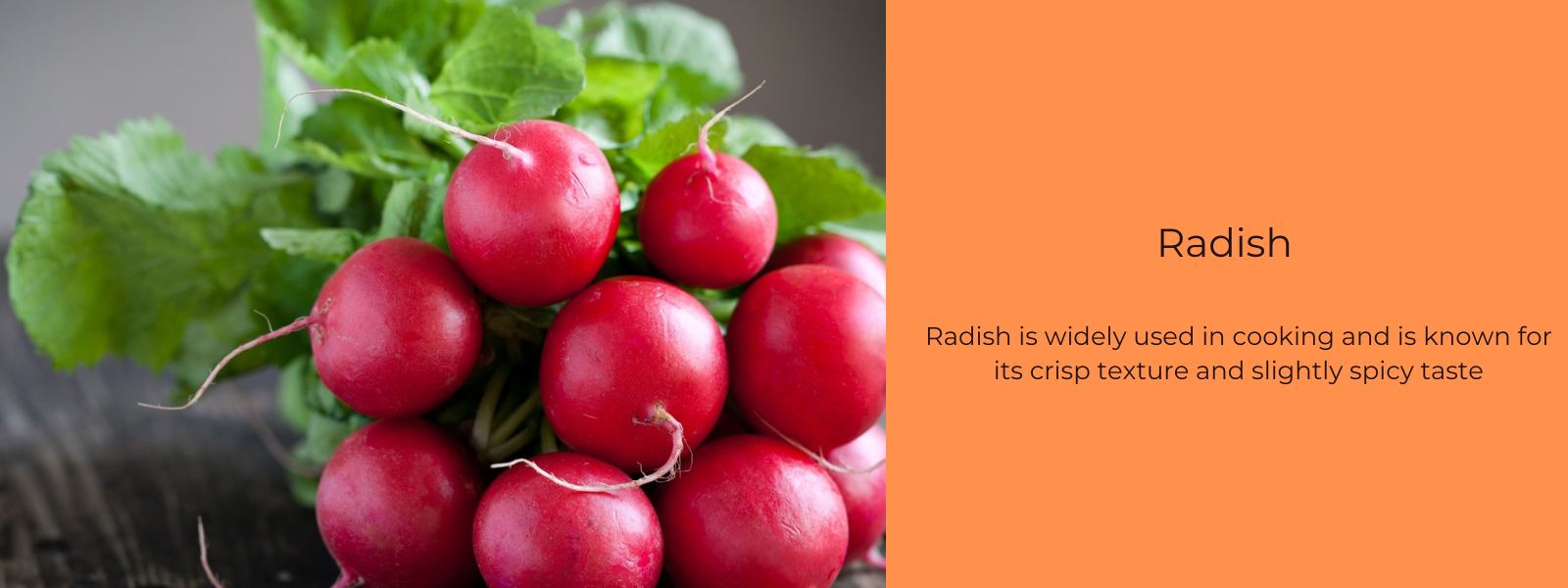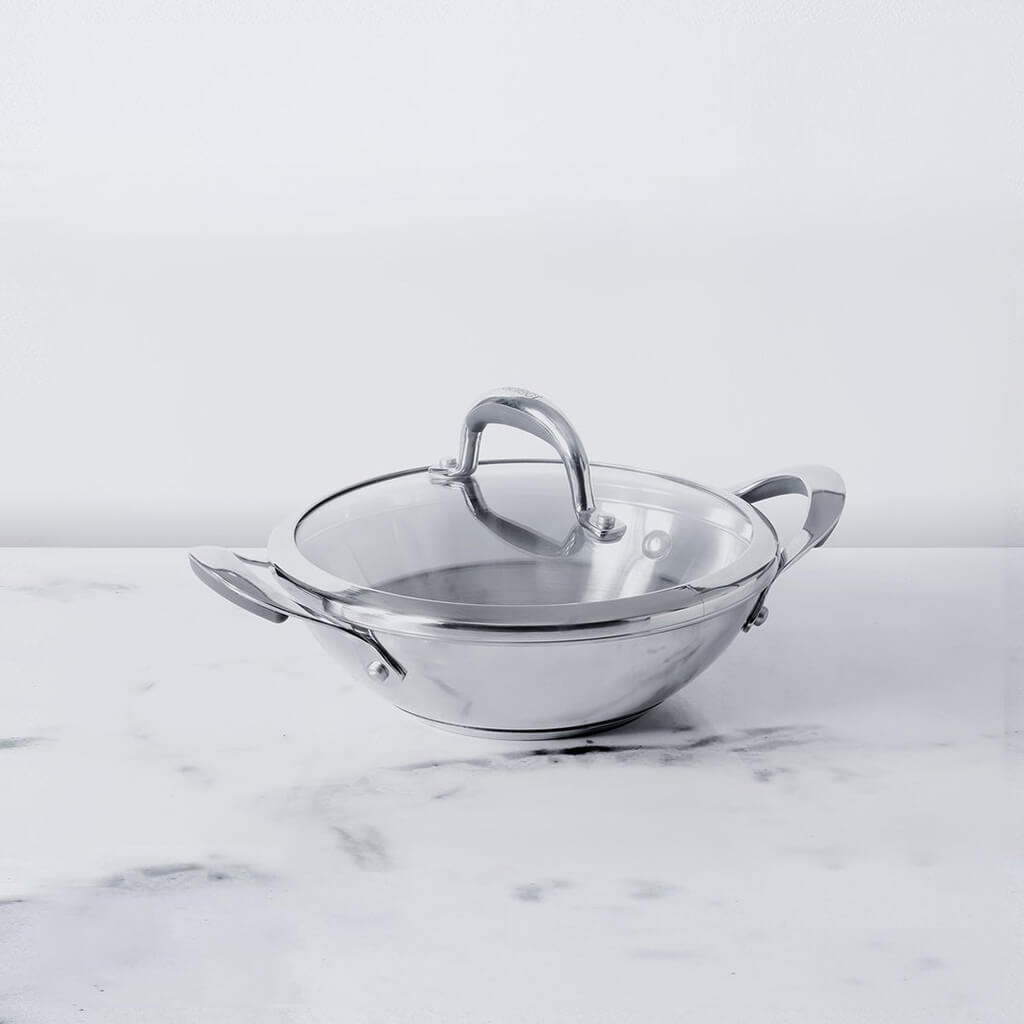Shallots are a type of vegetable in the Allium family, which also includes onions, garlic, and leeks. They are small and oblong with copper, reddish, or grayish skin and a mild, sweet taste. Shallots are commonly used in cooking for their flavor and texture, and they are also known for their nutritional value.
Table of Contents
Nutritional value:
In terms of nutrition, shallots are low in calories and high in several important vitamins and minerals. A 100-gram serving of shallots (which is about 3.5 ounces or 6-8 small shallots) provides approximately:
- Calories: 72
- Carbohydrates: 16 grams
- Protein: 2.5 grams
- Fat: 0.1 grams
- Fiber: 3 grams
- Vitamin C: 8.7 mg (15% of the Daily Value)
- Vitamin B6: 0.2 mg (10% of the Daily Value)
- Folate: 34 mcg (9% of the Daily Value)
- Potassium: 334 mg (9% of the Daily Value)
Shallots also contain small amounts of other important nutrients such as calcium, iron, magnesium, and phosphorus. They are also a good source of antioxidants, which help protect the body against damage from free radicals.
Overall, shallots can be a healthy and flavorful addition to a balanced diet. They are low in calories and high in important nutrients, making them a nutritious choice for those who want to eat healthily.
Health Benefits of Eating Shallots:
Eating shallots can provide a range of health benefits due to their nutritional content and unique compounds. Here are some potential health benefits of eating shallots:
- Supports heart health: Shallots are a good source of potassium, a mineral that helps regulate blood pressure and maintain heart health. They also contain antioxidants that can help reduce inflammation, which is a risk factor for heart disease.
- Improves digestion: Shallots contain fiber, which is important for maintaining digestive health. Fiber helps promote regular bowel movements and can help prevent constipation. It also helps feed beneficial gut bacteria, which are important for overall health.
- Boosts immunity: Shallots are rich in vitamin C, which is important for immune function. Vitamin C helps promote the production of white blood cells, which fight off infections and diseases.
- Helps regulate blood sugar: Shallots contain compounds that may help regulate blood sugar levels. Studies have shown that consuming shallot extract can help lower blood sugar levels and improve insulin sensitivity.
- Anticancer properties: Shallots contain several compounds, including quercetin and organosulfur compounds, which have been shown to have anticancer properties. These compounds can help prevent the growth and spread of cancer cells.
It's worth noting that while shallots have many potential health benefits, they should be consumed as part of a balanced diet and lifestyle. Eating a variety of nutrient-rich foods, getting regular exercise, and managing stress are all important for maintaining good health.
Different ways to Use Shallots in Cooking:
Shallots are a versatile ingredient that can add a unique and delicious flavor to many dishes. Here are some different ways to use shallots in cooking:
- Sauteed: Sauteed shallots are a common addition to many dishes, including sauces, stir-fries, and stews. Simply heat some oil or butter in a pan, add chopped shallots, and cook until they are soft and fragrant.
- Roasted: Roasted shallots have a sweet, caramelized flavor that can add depth to many dishes. To roast shallots, toss them in olive oil and roast in the oven at 400°F until they are tender and golden brown.
- Pickled: Pickled shallots are a great addition to salads, sandwiches, and tacos. Simply combine sliced shallots with vinegar, sugar, and salt, and let them marinate in the fridge for a few hours.
- Fried: Fried shallots are a common topping in Southeast Asian cuisine and can add a crispy texture and savory flavor to dishes. To fry shallots, thinly slice them and fry in hot oil until they are crispy and golden brown.
- Raw: Raw shallots have a sharp, pungent flavor that can add a zing to salads, salsas, and dressings. Simply chop or slice them finely and use them as a garnish or ingredient in your dish.
- Blanched: Blanching shallots can help mellow out their flavor and make them more tender. To blanch shallots, bring a pot of water to a boil, add sliced shallots, and cook for 1-2 minutes. Then, drain and rinse them in cold water.
- Grilled: Grilled shallots have a smoky, charred flavor that can add a unique twist to your dishes. Simply brush sliced shallots with olive oil and grill over high heat until they are charred and tender.
Overall, shallots are a versatile ingredient that can be used in many different ways to add flavor and texture to your dishes.
How to Store Shallots Properly:
Proper storage of shallots is important to maintain their freshness and flavor. Here are some tips on how to store shallots properly:
- Store in a cool, dry place: Shallots should be stored in a cool, dry place with good ventilation, such as a pantry or cupboard. Avoid storing them in the refrigerator as this can cause them to become soft and lose their flavor.
- Keep them dry: Moisture can cause shallots to spoil quickly, so it's important to keep them dry. Avoid washing shallots until you're ready to use them, and remove any excess dirt or debris with a dry cloth or brush.
- Store in a mesh or paper bag: Storing shallots in a mesh or paper bag can help to promote air circulation and prevent moisture buildup. Avoid storing them in plastic bags or containers as this can trap moisture and cause them to spoil.
- Keep away from light: Shallots should be stored away from direct sunlight or other sources of heat as this can cause them to sprout or spoil.
- Use within a few weeks: Shallots are best used within a few weeks of purchase, so it's important to keep track of when you bought them and use them before they spoil.
By following these storage tips, you can help to extend the shelf life of your shallots and ensure that they stay fresh and flavorful for as long as possible.
Important Facts about Shallots You Should Know:
Here are some important facts about shallots:
- Shallots are a member of the allium family, which also includes onions, garlic, and leeks.
- They have a mild, sweet flavor that is less pungent than onions.
- Shallots are smaller and more elongated than onions, with a reddish-brown skin and white flesh.
- They are a common ingredient in French cuisine and are often used in sauces, dressings, and vinaigrettes.
- Shallots are a good source of vitamins A and C, as well as minerals such as iron and potassium.
- They have been used for their medicinal properties for centuries, particularly for their anti-inflammatory and anti-cancer effects.
- Shallots can be stored at room temperature for up to a month, or in the refrigerator for up to two months.
- They are commonly used in Asian cooking, particularly in Thai and Vietnamese cuisine.
- Shallots are often used as a substitute for onions in recipes that require a milder flavor.
- When cooking with shallots, it's important to slice them thinly to prevent them from burning and becoming bitter.
Tips for Preparing and Cooking with Shallots:
Here are some tips for preparing and cooking with shallots:
- Choosing Shallots: Select shallots that are firm and heavy for their size, with dry, papery skins. Avoid shallots that are sprouting or have soft spots.
- Peeling Shallots: To peel shallots, first trim off the root end and the papery skin. Then cut off the top of the shallot and slice it in half lengthwise. Finally, peel off the skin from each half.
- Chopping Shallots: When chopping shallots, slice them in half lengthwise and then cut them crosswise into thin slices. Alternatively, you can mince them finely using a sharp knife.
- Sautéing Shallots: To sauté shallots, heat a small amount of oil or butter in a pan over medium heat. Add the shallots and cook them until they are soft and translucent, stirring frequently. Be careful not to let them brown, as this can make them bitter.
- Roasting Shallots: To roast shallots, toss them with a little oil and seasoning and place them on a baking sheet. Roast in a preheated oven at 400°F (200°C) for 20-30 minutes, until they are caramelized and tender.
- Using Shallots in Recipes: Shallots are a versatile ingredient and can be used in a wide range of recipes, including salads, soups, stews, sauces, and marinades. They pair well with meat, fish, poultry, and vegetables.
- Storing Shallots: Shallots can be stored at room temperature in a cool, dry place for up to a month. Alternatively, store them in the refrigerator in a perforated plastic bag for up to two months.
- Shallots have a delicate flavor, so it's important not to overpower them with strong seasonings or cooking methods.











Leave a comment